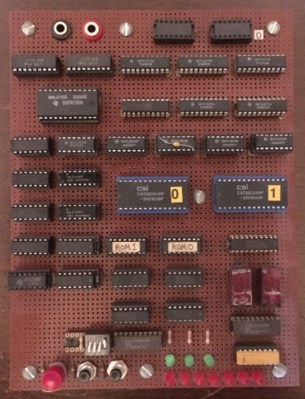@jack is back with a weekend project. Yes, that Jack. [Jack Dorsey] spent last weekend learning about Bluetooth meshing, and built Bitchat, a BLE mesh encrypted messaging application. It uses X25519 for key exchange, and AES-GCM for message encryption. [Alex Radocea] took a look at the current state of the project, suspects it was vibe coded, and points out a glaring problem with the cryptography.
So let’s take a quick look at the authentication and encryption layer of Bitchat. The whitepaper is useful, but still leaves out some of the important details, like how the identity key is tied to the encryption keys. The problem here is that it isn’t.
Bitchat has, by necessity, a trust-on-first-use authentication model. There is intentionally no authentication central authority to verify the keys of any given user, and the application hasn’t yet added an out-of-band authentication method, like scanning QR codes. Instead, it has a favorites system, where the user can mark a remote user as a favorite, and the app saves those keys forever. There isn’t necessarily anything wrong with this approach, especially if users understand the limitations.
The other quirk is that Bitchat uses ephemeral keys for each chat session, in an effort to have some forward secrecy. In modern protocols, it’s desirable to have some protection against a single compromised encryption key exposing all the messages in the chain. It appears that Bitchat accomplishes this by generating dedicated encryption keys for each new chat session. But those ephemeral keys aren’t properly verified. In fact, they aren’t verified by a user’s identity key at all!
The attack then, is to send a private message to another user, present the public key of whoever your’re trying to impersonate, and include new ephemeral encryption keys. Even if your target has this remote user marked as a favorite, the new encryption keys are trusted. So the victim thinks this is a conversation with a trusted person, and it’s actually a conversation with an attacker. Not great. Continue reading “This Week In Security: Bitchat, CitrixBleed Part 2, Opossum, And TSAs” →

















